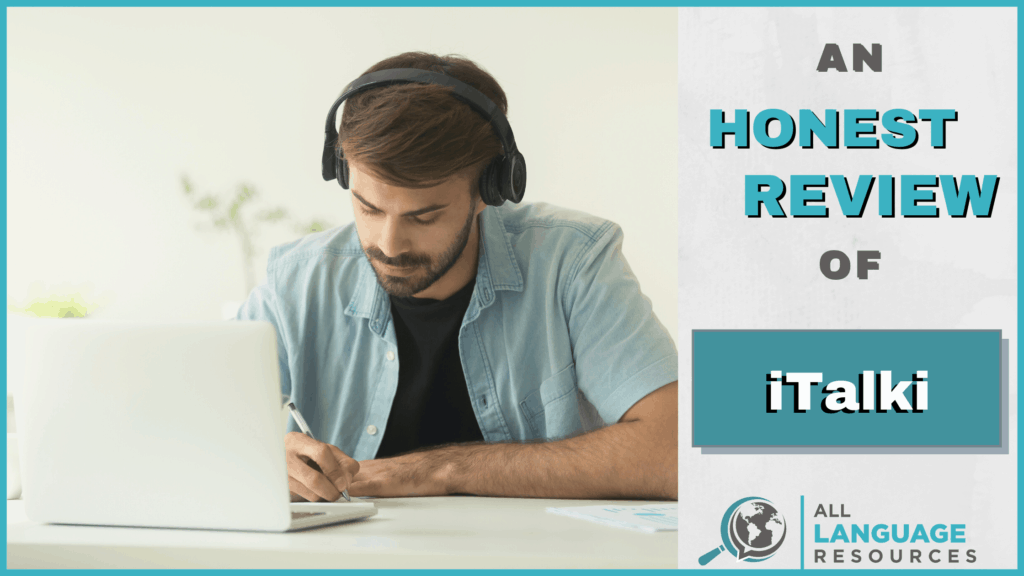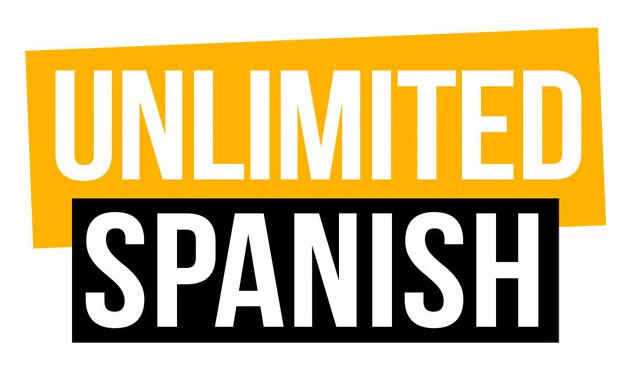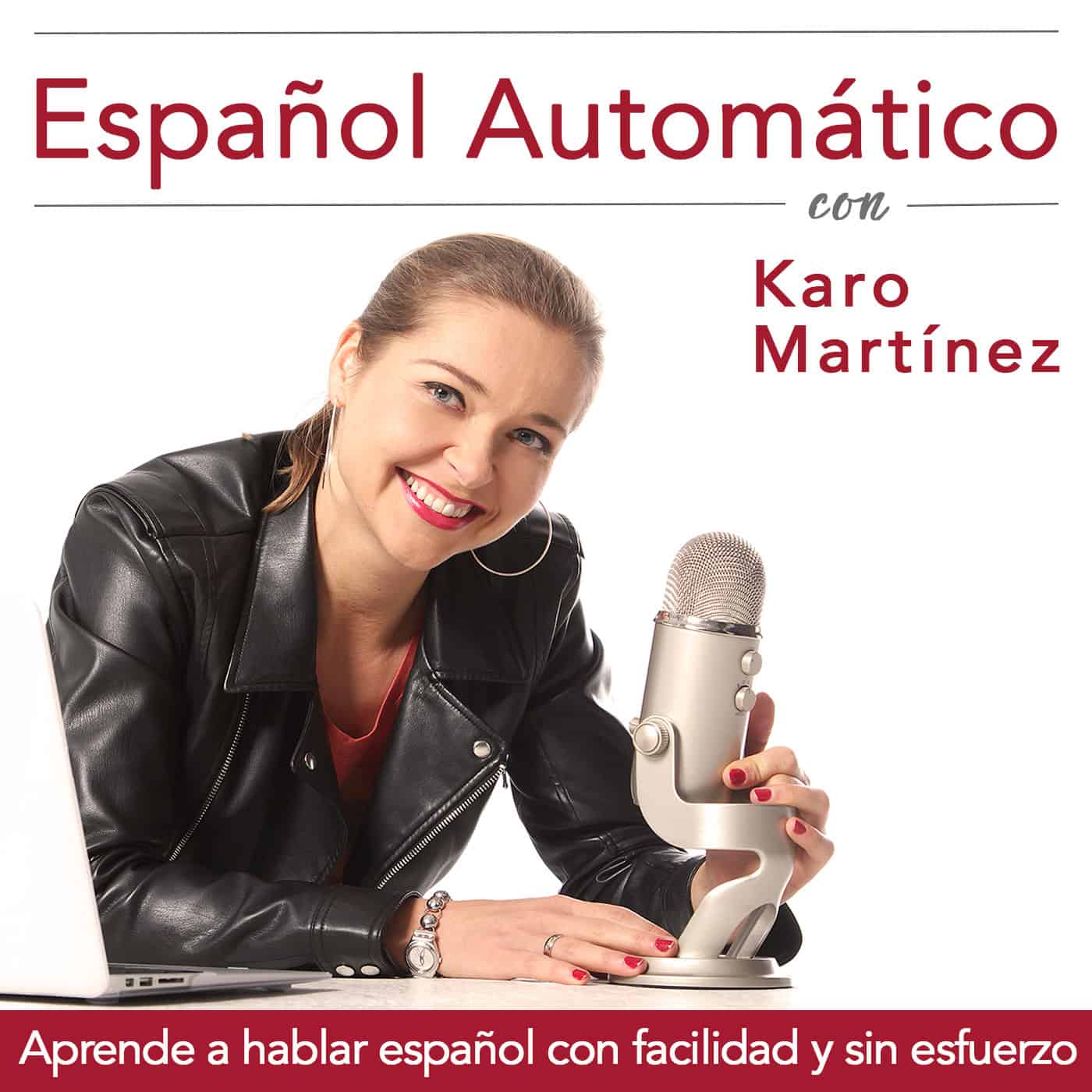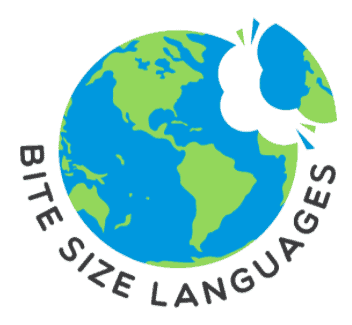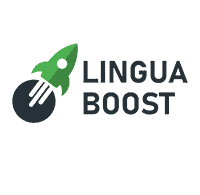italki Review – The Good, The Bad, & The Just Alright
italki

Summary
italki is the most flexible and affordable place to find a tutor for the language you’re learning. They have a huge number of teachers offering classes to students of over 100 different languages. As a learner, you’ll be able to find a tutor that best fits your learning style, schedule, and personality. Teachers are able to set their own prices and make their own schedule.
You’ll find everyone from long-time professionals to brand new teachers.
The overall platform has tons of useful features but also some room for improvement.
Huge number of teachers, low prices, and flexible scheduling.
I Like
- There are large numbers of teachers available even for less common languages.
- You can find skilled teachers even at low prices.
- The flexibility to schedule lessons whenever convenient. The huge number of teachers guarantees you’ll find someone to fit your schedule.
- The extra features in the italki Community make it easy to ask questions, get your writing checked, and find a free language exchange partner.
I Don’t Like
- Community features are only available through the app.
- You may need to try several tutors before finding one that fits your learning and personality style.
- It’s easy to not take classes as often as you should.
Price
The prices vary by teacher and language with some being as low as $5 and others as high as $60 per hour. Most will fall somewhere near the $10 per hour range. Right now italki is offering a $10 credit with your first purchase.
It’s very rare for me to recommend a particular resource for everyone, regardless of the language that they’re studying. Usually each language will have their own unique resources that are great specifically for students of that language.
…italki Review – The Good, The Bad, & The Just AlrightRead More »
italki Review – The Good, The Bad, & The Just Alright Read More »

